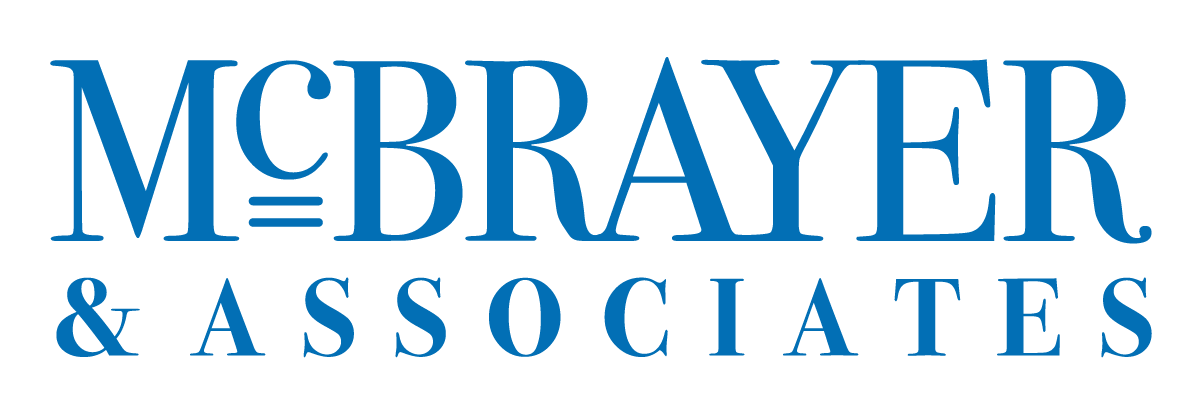3 Best Qualities of the Unique Value Proposition

Your potential clients make decisions by differentiating among their options. As the seller, your responsibility is to compare your solution to every other option, and stand out in the best way. So, how do you know if you are drawing the right comparisons?
Our solution focuses on the buyer’s pain and gain and we want to articulate the comparison in a way that is simple and memorable.
Your Unique Value Proposition (UVP) is part of your sample business proposal. This part of your business proposal template should do the following three things every time:
- Boldly claim your difference.
- Cure their pain.
- Create memorable contrast.
Boldly Claim Your Difference
The first step in differentiating yourself in value proposition examples is to boldly and verbally recognize your company’s difference.
This is when you name and title your proposition, gearing especially toward your potential client’s needs.
Cure the Pain
In the previous stage of the business relationship, you asked your potential client problem and opportunity questions about the negative results of not solving their problem or achieving their goal.
In this section, we build on the established path to the solution by finding out how we are our prospective customer’s best solution. Next, we differentiate ourselves from all their other options.
Create Memorable Contrast
Contrast is what makes the difference, and it’s what people notice. As a seller, you should not make your potential client work to find out the difference. Instead, make your difference easy for your prospect to identify.
At this stage in the business proposal template, remember your prospective customer’s other options,
- your competitors,
- doing nothing, or
- solving their own problem.
At this point in the sample business proposal, you should remind your potential client how your solution fixes their problem best.
To learn Program on Persuasion’s method of how to write a business proposal from start to finish, click here to download the free eBook.
Transfer Confidence
Your buyer confided his/her problems to you after you developed the business relationship. You were probably the one who helped them discover their problems. Your presentation outline can include the time to answer your buyer’s questions, as well. For example, when confronted with the question, “Could someone else’s option be better?” you are qualified to give the answer. It could be, but I don’t know. What I know, because you have told me what you need, is that we are the best option.
Validation can also help in transferring the confidence, because validation can be differentiating. When the research confirms that you are the only tested option, it reconfirms that what you—as their brain trust—are saying is true.
Conclusion
Our ability to articulate a thorough understanding of the buyer’s issue and exactly how our solution resolves their issue is how we differentiate. The primary reason buyers choose one seller over another is rarely because of a different product, overall solution, or a lower price. It’s because of the individual seller’s ability to demonstrate a better understanding of how their product meets the buyer’s needs.
Photo by Rawpixel.com.
